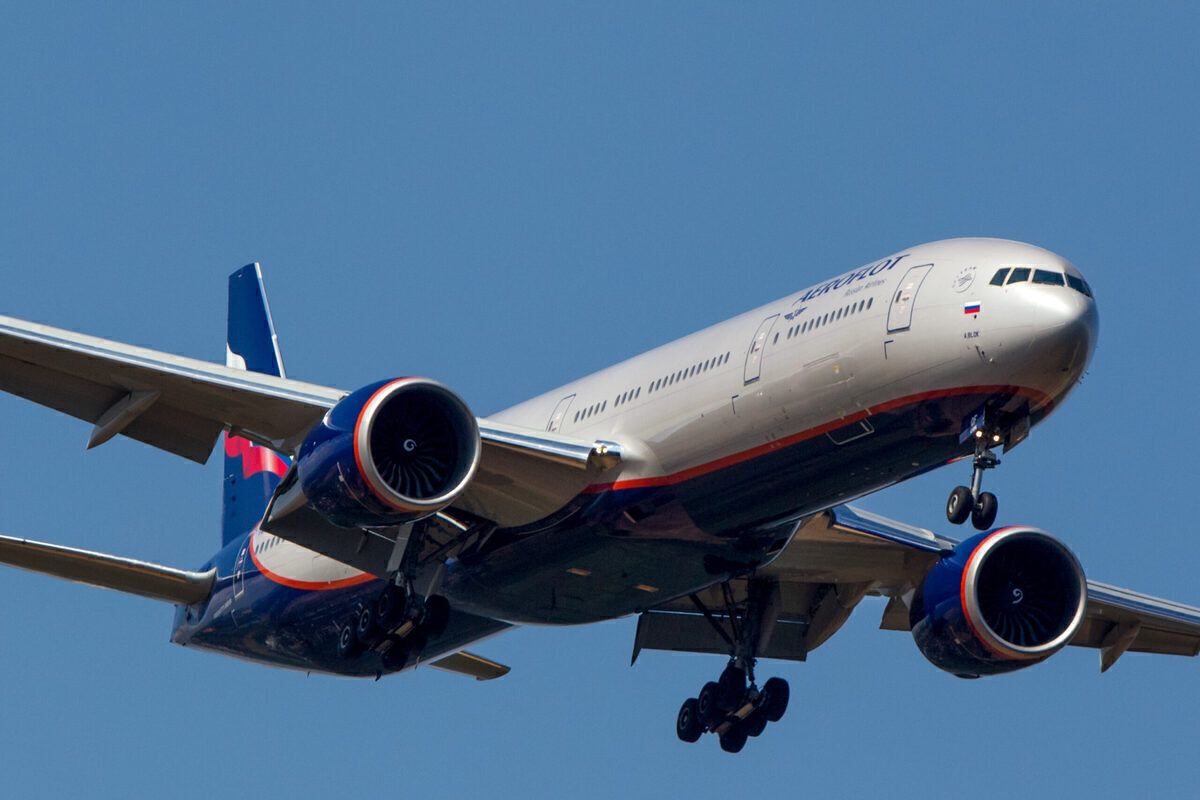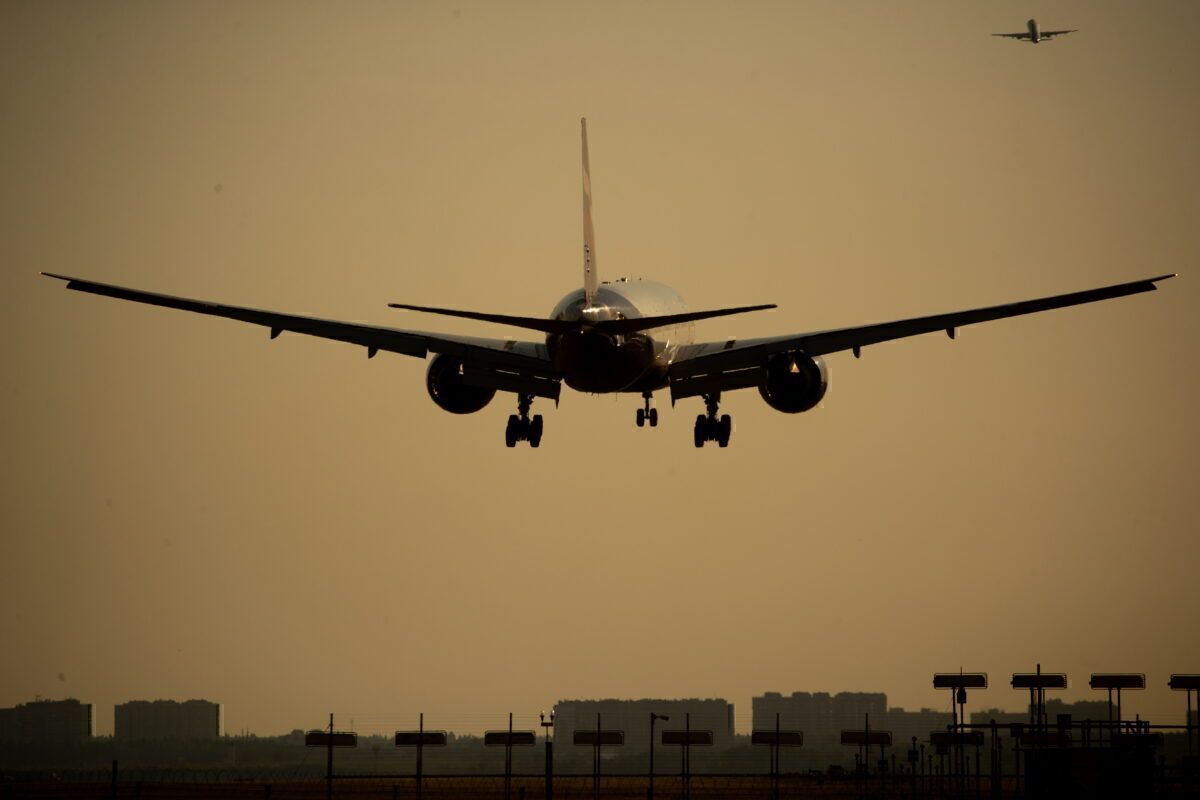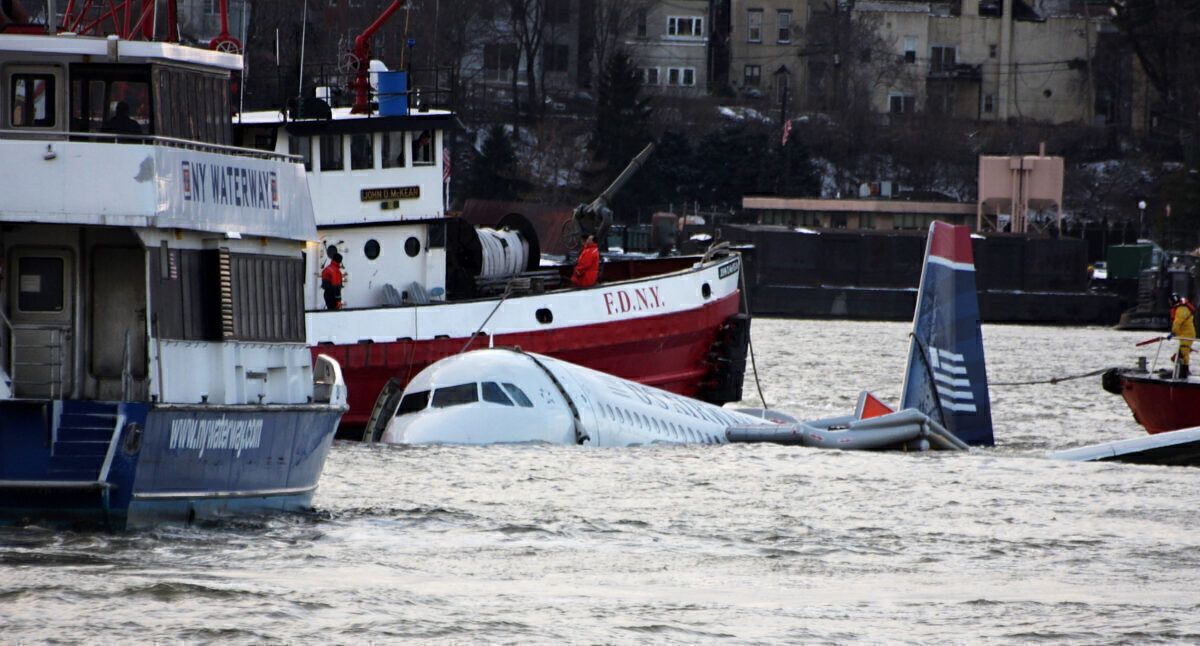A Russian Aeroflot Boeing 777-300 is stuck at Beijing Capital International Airport (PEK) following damage to one of its engines caused by a bird strike. On Wednesday, November 24th, Aeroflot flight number SU-200 from Moscow's Sheremetyevo airport was taking off on runway 24L for a six and a half hour flight to Beijing, China, when it collided with pigeons.
Because there was no indication that the aircraft, a 3.5 year old Boeing 777-300 with the registration VP-BHA, was damaged, the crew continued with the flight and landed safely in the Chinese capital after an uneventful flight.
The left side GE 90 engine suffered damage
Rosaviatsiya, the Russian Federal agency responsible for overseeing the civil aviation industry in Russia, reported that the carcasses of around eight to ten pigeons were recovered from Sheremetyevo's 24L runway. A post-flight inspection of the aircraft's engines revealed that the left side engine had ingested the birds causing damage to two of the fan blades of the General Electric GE90 engine.
Also damaged by the bird strike were air intakes and cowlings of both engines, inner flaps, the right wing, and right main landing gear strut. According to the Aviation Herald, the aircraft is still on the ground at Beijing Capital International Airport (PEK).
What is a bird strike?
A bird strike is when a bird collides with an aircraft and is a significant risk to air safety. In the United States alone, it is estimated that there are over 13,000 bird strikes a year. The majority of these incidents cause little or no damage to the aircraft, but there have been incidences like in the case of US Airways Flight 1549 when both engines failed, and the plane had to make an emergency landing.
The Miracle on the Hudson
On January 15, 2009, at around three-thirty in the afternoon, US Airways Flight 1549, an Airbus A320, took off from New York's LaGuardia Airport (LGA) bound for Charlotte Douglas International Airport (CLT) in North Carolina. While climbing after having taken off from LaGuardia, the plane struck a flock of Canada geese at an altitude of just under 3,000 feet.
Unlike the pigeons hit by the Aeroflot triple seven, the A320 collided with a much bigger bird. An average adult Canada goose weighs 12.5 pounds, whereas the average pigeon tips the scale at around 10.5 ounces. On hitting with the geese, the A320 lost power in both engines forcing the pilots Chesley "Sully" Sullenberger and Jeffrey Skiles to fly the aircraft like a glider.
With no chance of returning to LaGuardia or making it to Teterboro Airport (TEB) in New Jersey, the pilots decided to land the plane of the Hudson River in Midtown Manhatten. All 155 passengers onboard were rescued by nearby boats in what became known a "The Miracle on the Hudson."
The heroic and unique achievement of landing the aircraft safely on the water was later dramatized in a Hollywood movie with Tom Hanks playing the role of Chesley "Sully" Sullenberger.
Have you ever been onboard an aircraft that suffered a bird strike? If so, please tell us about it in the comments.



